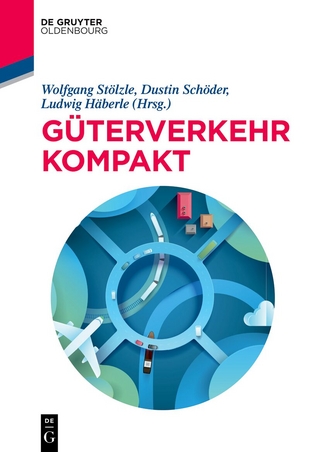
Safety in Aviation and Astronautics
Routledge (Verlag)
978-0-367-62885-7 (ISBN)
Aviation safety and astronautics safety are taught as technical subjects informed, for the most part, by quantitative methods. Here, as in other fields, safety is often framed as an engineering problem requiring mathematics-informed solutions. This book argues that the socio-technical approach, encompassing theories grounded in sociology and psychology – such as active learning, high-reliability organising, mindfulness, leadership, followership and empowerment – has much to contribute to the safety performance of these vital industries. It sets out to inspire professionals to embed the whole-system approach into design and operation regimen and describes the reputational and financial benefits to manufacturers and operators that accrue from adopting a whole-system approach to design and operation.
The book defines the socio-technical approach to risk assessment and management in aviation and astronautics (astronautics is taken to mean "the design and operation of vehicles for use beyond the earth’s atmosphere"), then demonstrates the strengths and weaknesses of this approach through case studies of, for example, the Boeing 737MAX-8 accidents and the loss of the SpaceShipTwo orbiter. Grounding the discourse in familiar case studies engages busy aviation and astronautics professionals. The book’s arguments are explained in such a way that they are readily comprehensible to non-experts. Key concepts are defined within a glossary. Photographs, charts and diagrams illustrate key points.
Written for a practitioner audience, specifically aviation and astronautics professionals, this book provides a valuable and accessible social sciences perspective on safety that will be directly relevant to their roles.
Simon Ashley Bennett directs the Civil Safety and Security Unit at the University of Leicester, UK. He has published extensively on aviation safety issues and has spent over 1,500 hours on the jump-seats of a variety of aircraft, including the 737, 757, A300, A319, A320 and A321. His research interests include flight-deck human factors and socio-technical systems-thinking. He is an Associate Member of the Royal Aeronautical Society and a Member of the Air Safety Group of the Parliamentary Advisory Council for Transport Safety (PACTS). He has trained pilots in crew resource management and fatigue risk management, has spent time in a 737 simulator, and has taken safety and emergency procedures (SEP) courses on a variety of types, including the 747–800.
1 Introduction
2 Data, method, theory and presentation
3 Short case studies
4 Long case study
5 Conclusions
Appendices
Appendix 1: The sinking of HMS Hood
Appendix 2: A British Army near-miss in Ulster
Appendix 3: Nazi science and the principles of boost-glide
| Erscheinungsdatum | 29.11.2021 |
|---|---|
| Zusatzinfo | 16 Tables, black and white; 19 Line drawings, black and white; 30 Halftones, black and white; 49 Illustrations, black and white |
| Verlagsort | London |
| Sprache | englisch |
| Maße | 156 x 234 mm |
| Gewicht | 660 g |
| Themenwelt | Technik ► Fahrzeugbau / Schiffbau |
| Technik ► Luft- / Raumfahrttechnik | |
| Wirtschaft ► Betriebswirtschaft / Management ► Logistik / Produktion | |
| ISBN-10 | 0-367-62885-6 / 0367628856 |
| ISBN-13 | 978-0-367-62885-7 / 9780367628857 |
| Zustand | Neuware |
| Haben Sie eine Frage zum Produkt? |
aus dem Bereich


